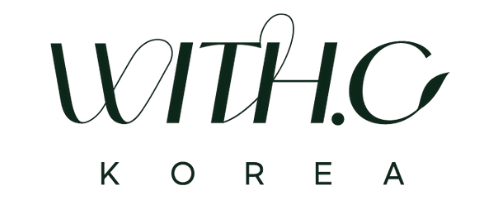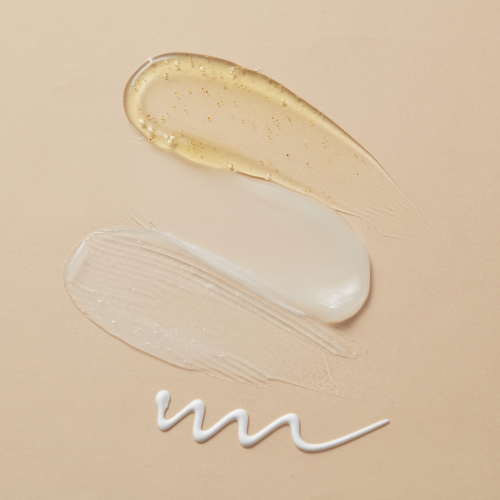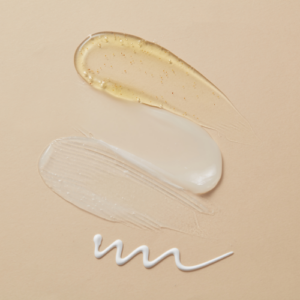What is Cosmetics ODM?
Cosmetics ODM (Original Development Manufacturing) refers to a system where the manufacturer handles all processes, from research and development to production, based on the brand’s requirements. Often confused with Cosmetics OEM (Original Equipment Manufacturing), ODM involves the manufacturer taking the lead in product development, whereas OEM simply produces pre-developed products under the brand’s logo.
This means that with OEM, it is challenging to alter the concept, ingredients, or formulation to the brand’s specifications, while with ODM, the product framework can be adjusted based on the brand’s requests.
Checklist for Brands Using Cosmetics ODM Services
Market Research and Concept Selection
1. Target Consumer Analysis: Define your target audience considering factors like age, skin type, gender, and lifestyle.
2. Target Country Selection: In addition to analyzing consumer behavior and weather patterns in your target country, review cosmetics regulations (e.g., FDA in the US, EU CPNP, NMPA in China).
3. Concept Selection: Decide on a concept, such as vegan, clean beauty, or luxury.
4. Concept Ingredients: Research trending ingredients or formulations.
5. Target Price: Set a target retail price for the product.
Product Selection
Once a broad concept is decided, the next critical step is selecting the target product.
If there are existing products with preferred formulations, colors, or scents, it’s best to present them to the manufacturer. Since cosmetic products may vary in feel and perception depending on the individual, requesting without clear targets can prolong the process. Manufacturers are often uncooperative when there is no clear target.
Packaging Selection
Decide on containers and designs that align with the brand image and product.
For instance, if you want to emphasize the product’s color or contents, choose transparent packaging. Also, consider factors like viscosity to decide whether to use pumps, droppers, etc. For clean beauty brands, opt for recyclable containers. Discuss packaging options with the manufacturer after formulation selection and proceed with sampling.
Certification and Additional Tests
Depending on the brand’s concept, certifications or tests might be required, such as Vegan or Cruelty-Free certifications. Natural-focused brands might require hypoallergenic testing.
Stability Testing (CT, Quality Checks, etc.)
Once the formulation is completed, the next step is to confirm container compatibility.
Some formulations might alter in viscosity when interacting with plastics due to friction, and the container’s opening size must also be evaluated based on viscosity. Once the product is finalized, quality checks like formulation stability, microbiological tests, and preservative efficacy tests are conducted.
Strategies for Successful ODM
Manufacturers usually only provide samples based on the initial product request and target product but do not provide additional feedback or information. This often leads to missing out on necessary details, such as omitted concept ingredients from the sample. Therefore, selecting a manufacturer that actively communicates is crucial.
To ensure successful product development, clear planning, effective information exchange, and close collaboration with manufacturers are essential. WITH.C Korea has experience with various manufacturers and already have worked with the most suitable partners for each product categories. So we can coordinate between clients and manufacturers to shorten product launch timelines.
If you’re facing difficulties in reviewing and managing detailed processes, especially when preparing for your first brand launch, I recommend collaborating with With WITH.C Korea. We can assist you in navigating the steps outlined above effectively!


